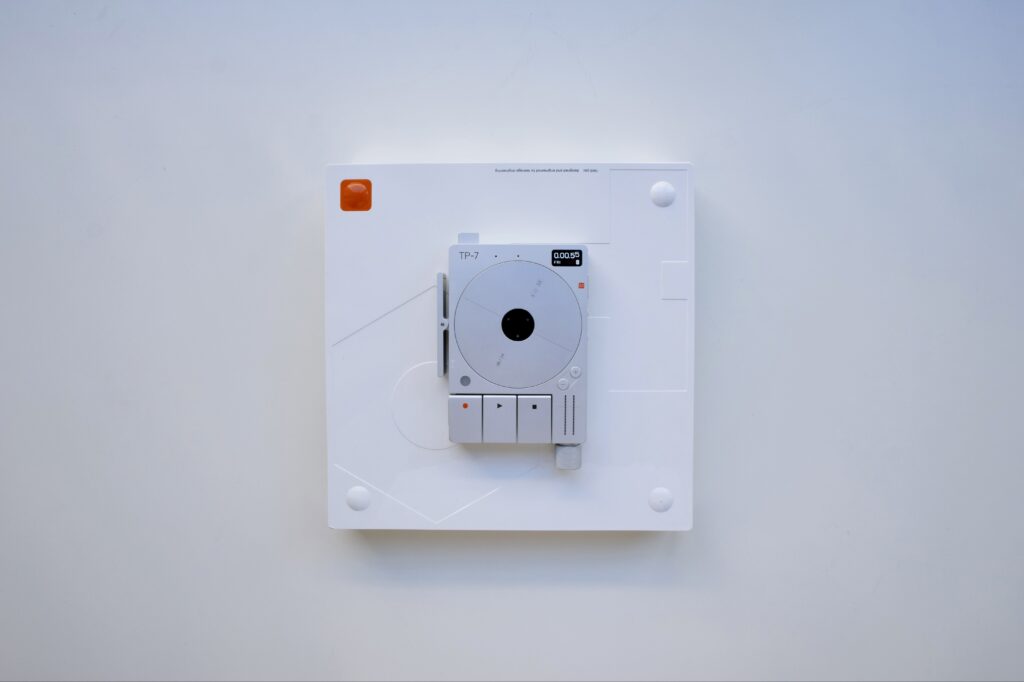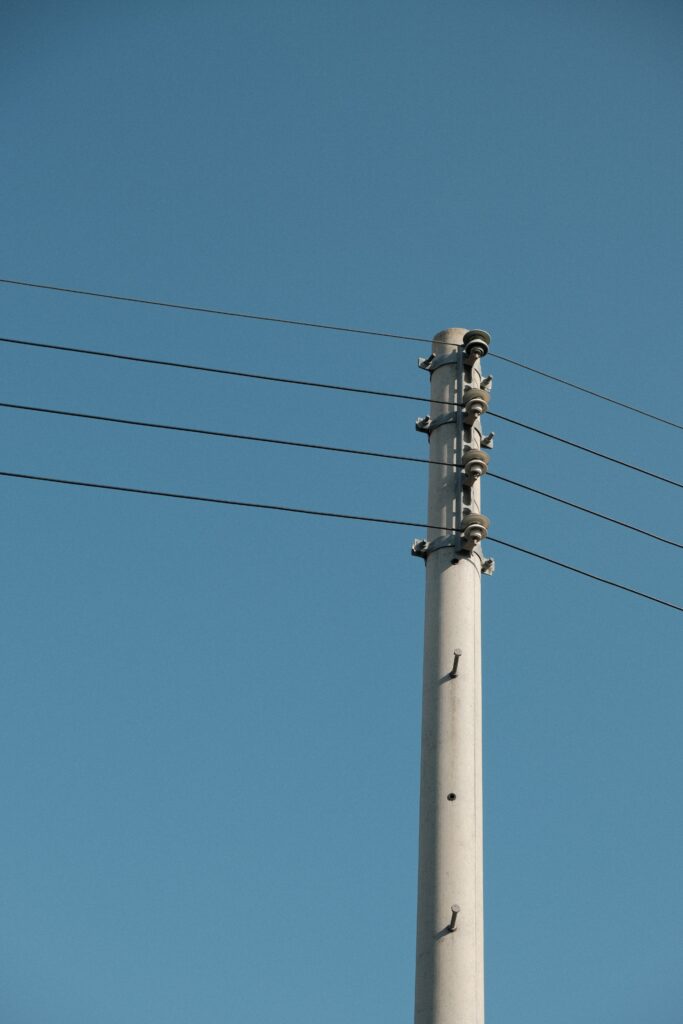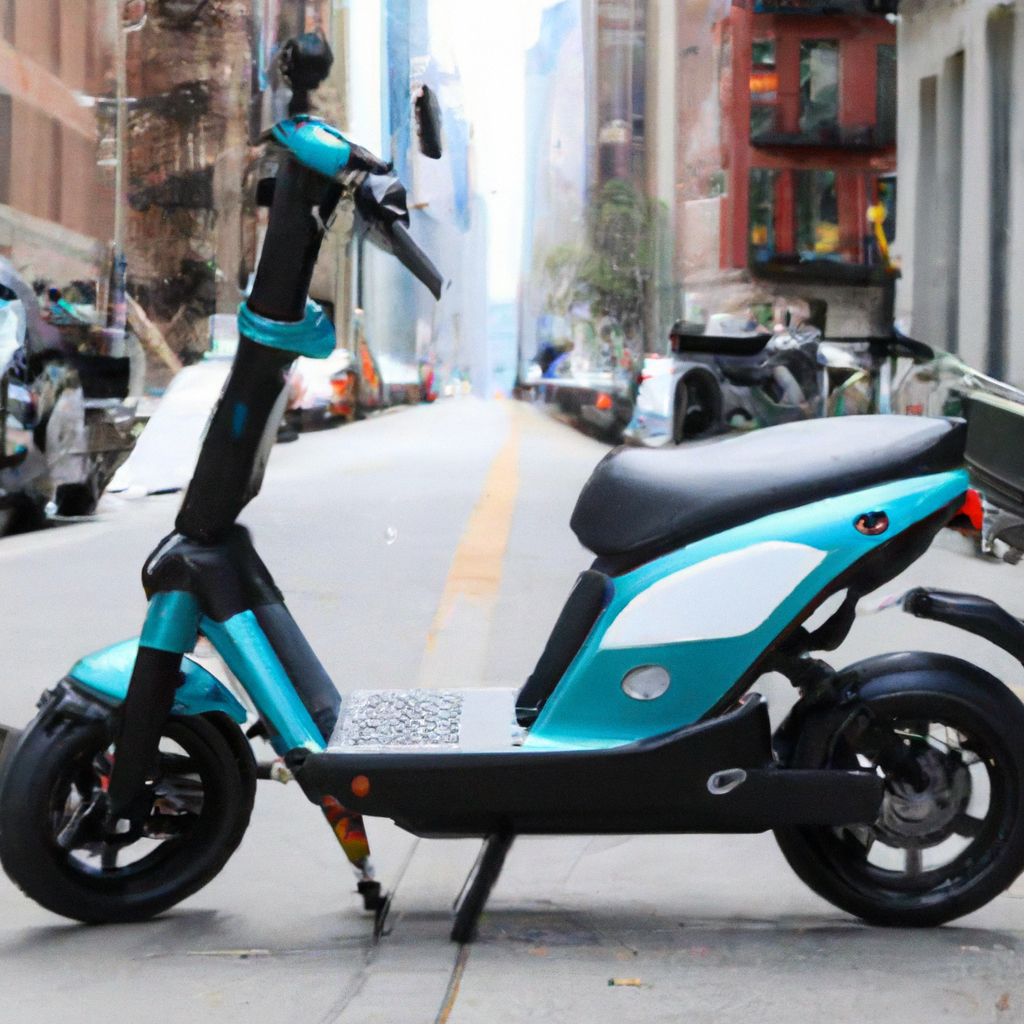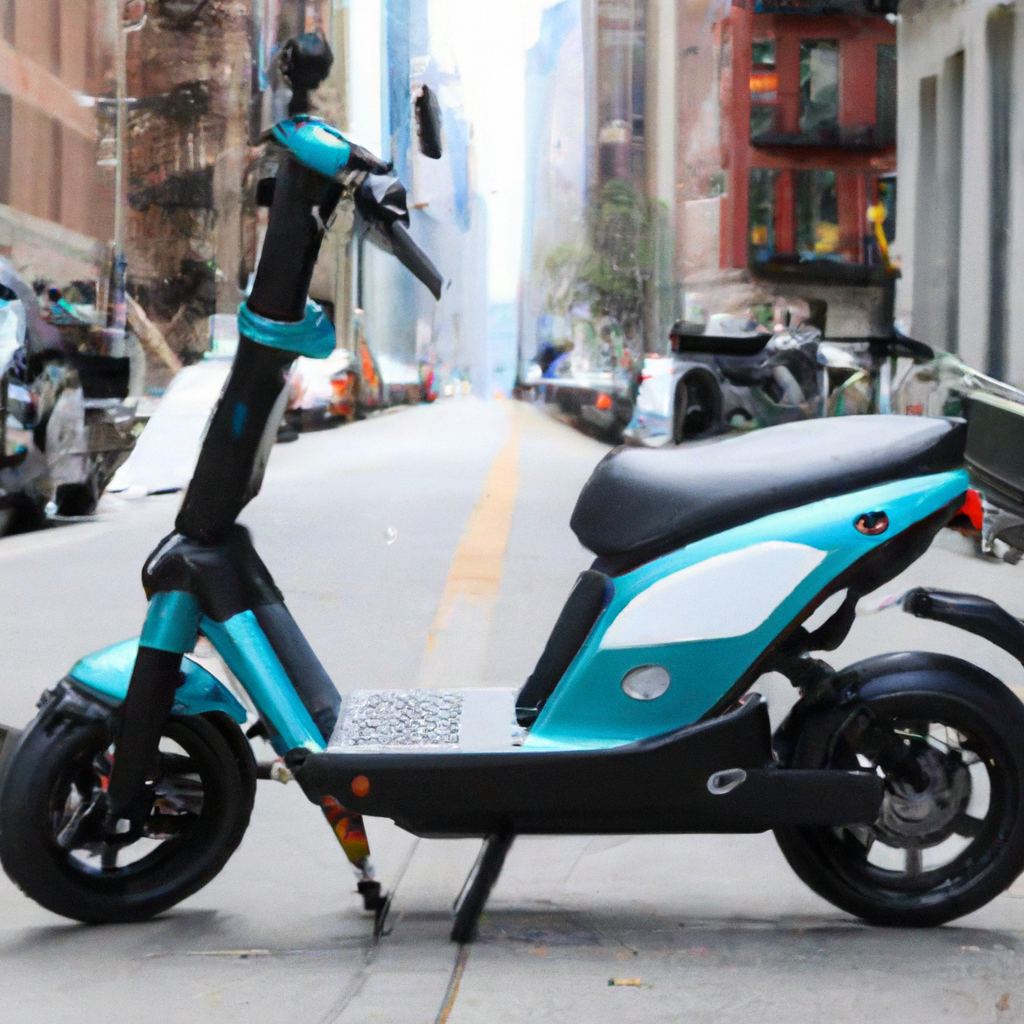So you’ve seen them whizzing through the streets, zipping past pedestrians, and effortlessly maneuvering through traffic – electric scooters are all the rage in cities around the world. But what about the Big Apple? Are electric scooters allowed in NYC? The answer, my friend, is not as straightforward as you might think.

Overview of Electric Scooters
Definition of Electric Scooters
Electric scooters, also known as e-scooters, are a form of personal electric transportation that have gained popularity in recent years. They are similar in appearance to traditional kick scooters, but are equipped with an electric motor and rechargeable batteries. This allows riders to travel without the need for pedaling or pushing with their feet. Electric scooters are designed to be lightweight, compact, and suitable for short-distance commuting or recreational use.
Types of Electric Scooters
There are various types of electric scooters available on the market, each with distinct features and specifications. One common type is the stand-up electric scooter, which requires the rider to stand upright while operating the vehicle. These scooters are lightweight and easy to maneuver, making them ideal for urban commuting.
Another type is the seated electric scooter, which is equipped with a comfortable seat for the rider to sit on while operating the scooter. These scooters offer a more relaxed and comfortable riding experience, making them suitable for longer journeys or for individuals with mobility issues.
Additionally, there are electric scooters designed specifically for off-road or adventurous use. These scooters usually have larger wheels, stronger motors, and enhanced suspension systems to handle rough terrains and provide a smoother ride. They are popular among outdoor enthusiasts and those who enjoy exploring trails and parks.
Current Laws and Regulations
Existing Laws on Electric Scooters
In New York City (NYC), electric scooters are currently illegal to operate on public roads, sidewalks, and bike lanes. The existing state laws categorize electric scooters as motor vehicles that are subject to registration and licensing requirements. However, it is important to note that these laws may vary from state to state and even within different cities. Therefore, it is crucial to check the specific regulations of your own locality before using an electric scooter.
Restrictions on Electric Scooter Use
In addition to being illegal for general use on public roads, sidewalks, and bike lanes in NYC, electric scooters are also subject to restrictions in other areas. For example, using an electric scooter in designated pedestrian zones, parks, or crowded areas is usually prohibited. It is essential to respect these restrictions to ensure your own safety and the safety of pedestrians.
Electric Scooters and Transportation
Advantages of Electric Scooters for Commuting
Despite the current legal restrictions, electric scooters offer several advantages for commuting in urban areas. With their compact design and lightweight construction, electric scooters are easily maneuverable in congested traffic and narrow streets. They provide a convenient alternative to public transportation and a quicker way to reach your destination, especially for short-distance trips.
Electric scooters are also cost-effective. Compared to owning a car or even using ride-sharing services frequently, electric scooters require much less maintenance and have lower fuel costs. Additionally, they contribute to reducing traffic congestion and greenhouse gas emissions, making them an eco-friendly transportation option.
Considerations for Using Electric Scooters as Transportation
While electric scooters offer numerous benefits, there are important considerations to keep in mind when using them as a means of transportation. First and foremost, familiarize yourself with the local laws and regulations regarding electric scooter use to ensure you are not violating any rules.
It is essential to prioritize safety when riding an electric scooter. Always wear protective gear, such as a helmet, knee pads, and elbow pads. Be aware of your surroundings and keep a safe distance from pedestrians and other vehicles. Follow traffic rules and obey traffic signals to minimize the risk of accidents.
Furthermore, be mindful of the battery life of your electric scooter. To avoid running out of battery mid-journey, plan your routes accordingly and make sure to charge the scooter regularly, especially if you rely on it for daily commuting.
Rental Electric Scooters in NYC
Introduction to Rental Electric Scooters
Although privately-owned electric scooters are not currently permitted in NYC, there are rental electric scooter options available in the city. Rental companies have emerged to meet the demand for short-term electric scooter use. These services allow individuals to rent electric scooters for a specified period of time, typically by the hour or day.
Popular Rental Companies in NYC
Several rental companies operate in NYC and provide electric scooters for rent. Some of the most popular companies include Lime, Bird, and Spin. These companies offer user-friendly mobile applications that allow users to locate nearby scooters, unlock them, and pay for the rental period. The availability of rental electric scooters is usually concentrated in highly-trafficked areas, such as tourist hotspots and business districts.
Rules and Guidelines for Renting Electric Scooters
When renting an electric scooter in NYC, it is crucial to understand and adhere to the rules and guidelines set by the rental companies. Each company may have its own specific requirements and regulations, so it is essential to read the terms and conditions before renting.
Common rules include obtaining the minimum age requirement, wearing the provided helmets, and following local traffic laws. It is also important to park rented electric scooters in designated areas or according to the company’s instructions to avoid fines or penalties.

Tourist Use of Electric Scooters
Exploring NYC as a Tourist with Electric Scooters
For tourists visiting NYC, electric scooters can be a fun and efficient way to explore the city’s attractions. Renting electric scooters allows tourists to navigate through crowded areas and visit multiple landmarks without the need for public transportation. Additionally, electric scooters provide a unique and enjoyable experience, adding an element of excitement to sightseeing.
Recommended Scooter Routes for Tourists
While there are endless possibilities for scooter routes in NYC, there are several iconic locations that are particularly popular among tourists. One recommended route is along the Hudson River Greenway, which offers stunning waterfront views and passes by landmarks such as the Intrepid Sea, Air & Space Museum and the High Line park.
Another popular route involves exploring Central Park, where tourists can ride along the designated bike lanes and admire the park’s beautiful landscapes and historical points of interest. Additionally, scooting across the Brooklyn Bridge provides a memorable experience, allowing tourists to enjoy panoramic views of the Manhattan skyline.
Safety Tips for Tourist Electric Scooter Use
Tourists should prioritize safety when using electric scooters in NYC. It is important to familiarize yourself with the local traffic rules and regulations and follow them accordingly. Always wear a helmet and utilize the provided safety equipment to protect yourself in case of a fall or collision.
Furthermore, be cautious of your surroundings and watch out for pedestrians, cyclists, and other vehicles. Stay on designated bike lanes or roads when possible, and avoid riding on crowded sidewalks. Being mindful and considerate of others will help ensure a safe and enjoyable experience for both yourself and those around you.
Safety Considerations
Importance of Helmet Usage
Wearing a helmet is a critical safety measure when using electric scooters. Helmets provide necessary protection for your head in case of accidents or falls, significantly reducing the risk of severe head injuries. Regardless of your riding experience or skill level, wearing a helmet is strongly recommended and should be considered a non-negotiable safety precaution.
Traffic Rules and Riding Etiquette
To ensure safety for both riders of electric scooters and other road users, it is essential to follow traffic rules and riding etiquette. Stop at red lights and obey traffic signals, just like any other road user. Yield to pedestrians, and give them the right of way when necessary. Signal your intentions when making turns or changing lanes to communicate with drivers and cyclists.
Additionally, be mindful of your speed and ride at an appropriate pace for the conditions. Riding too fast can increase the risk of accidents, especially if you need to react quickly to unexpected obstacles or pedestrians. By following traffic rules and showing respect to others on the road, you contribute to a safer environment for all.
Best Practices for Safe Electric Scooter Use
In addition to wearing a helmet and following traffic rules, there are several best practices to ensure safe electric scooter use:
-
Start slowly: If you are new to electric scooters, familiarize yourself with the controls and gradually increase your speed and confidence over time.
-
Maintain a firm grip: Always hold the handlebars firmly with both hands to maintain control and stability.
-
Keep a safe distance: Maintain a safe distance from other vehicles, pedestrians, and obstacles to avoid collisions or accidents.
-
Be visible: Use lights and reflective clothing to increase your visibility, especially when riding at night or in low-light conditions.
-
Regularly check your scooter: Before each ride, inspect your scooter for any visible damage or mechanical issues. This includes checking the tires, brakes, and lights.
By following these best practices, you can minimize the risk of accidents and enjoy a safe and enjoyable electric scooter experience.

Infrastructure for Electric Scooters
Availability of Electric Scooter Charging Stations
In order to support the widespread use of electric scooters, the availability of charging stations is crucial. Charging stations allow users to recharge their scooters’ batteries conveniently. Unfortunately, the availability of such infrastructure for electric scooters in NYC is currently limited due to the legal restrictions on their use.
However, as the demand for electric scooters increases and regulations evolve, it is likely that the number of charging stations will also grow. This expansion in infrastructure will play a vital role in promoting electric scooter usage and maximizing their convenience for riders.
Bike Lanes and Shared Spaces for Electric Scooters
One potential solution to address the need for dedicated spaces for electric scooters is the integration of scooters into existing bike lanes. Designating specific lanes or areas for electric scooters can help ensure the safety of riders and reduce conflicts with pedestrians and other vehicles. This approach not only provides a designated route for scooters but also raises awareness among other road users.
Additionally, exploring the possibility of shared spaces, similar to shared bike lanes, can be a viable solution. These shared spaces would allow electric scooters, cyclists, and other micro-mobility devices to coexist while minimizing conflicts and enhancing safety for all users.
Impacts on Environment and Sustainability
Reducing Carbon Emissions with Electric Scooters
One of the key advantages of electric scooters is their positive impact on the environment. Unlike traditional gasoline-powered vehicles, electric scooters produce zero tailpipe emissions, resulting in reduced carbon emissions and air pollution. By choosing electric scooters as a means of transportation, individuals can actively contribute to mitigating the effects of climate change and improving air quality in densely populated areas like NYC.
Electric Scooters and Public Transportation Integration
Electric scooters can also serve as a complementary mode of transportation, facilitating first and last-mile connectivity to public transportation. As NYC has an extensive public transportation network, electric scooters can offer a convenient solution for shorter trips to and from subway stations or bus stops. This integration enhances accessibility and promotes the use of sustainable transportation options as part of a larger multimodal system.
Furthermore, electric scooters can help alleviate overcrowding on public transportation during peak hours, especially for short-distance travel. By encouraging riders to opt for electric scooters instead of relying solely on buses or trains, public transportation systems can operate more efficiently, resulting in a smoother and more comfortable commuting experience for everyone.

Potential Future Legislation
Advocacy for Electric Scooter Legalization in NYC
There is a growing movement advocating for the legalization of electric scooters in NYC. Proponents argue that electric scooters offer numerous benefits, such as reducing traffic congestion, improving air quality, and providing a convenient transportation option for residents and tourists alike. As other cities across the United States have already legalized electric scooters and witnessed their positive impact, the pressure on NYC to reconsider its regulations is steadily increasing.
Predictions for Future Electric Scooter Regulations
While it is impossible to predict the exact future regulations surrounding electric scooters in NYC, there are several potential scenarios. The continuous advocacy and growing demand for electric scooters may lead to legislative changes that allow their use on public roads, bike lanes, or designated scooter lanes.
Lawmakers may also consider implementing a comprehensive framework that regulates electric scooter usage, including requirements for licensing and registration, specific safety guidelines, and rules for scooter companies operating in the city. This approach would prioritize safety while ensuring the effective integration of electric scooters into the existing transportation infrastructure.
However, it is important to proceed with caution to address potential concerns and strike a balance between the benefits and risks associated with electric scooters. Balancing the interests of both electric scooter users and the general public is crucial to ensure a safe and sustainable environment for all.
Conclusion
In conclusion, electric scooters offer a convenient, eco-friendly, and efficient solution for personal transportation. While the current regulations in NYC restrict their use, the demand and potential benefits associated with electric scooters cannot be ignored.
Whether it is for commuting, tourism, or reducing carbon emissions, electric scooters have the potential to play a significant role in the transportation landscape of NYC and other urban areas. However, it is vital to prioritize safety, adhere to existing regulations, and advocate for responsible and sustainable integration of electric scooters into the local infrastructure.
As regulations evolve and infrastructure expands, the full potential of electric scooters in NYC may be realized. Balancing the benefits and concerns associated with electric scooters is essential to create a harmonious environment where all road users can coexist safely and enjoy the advantages that electric scooters have to offer.




